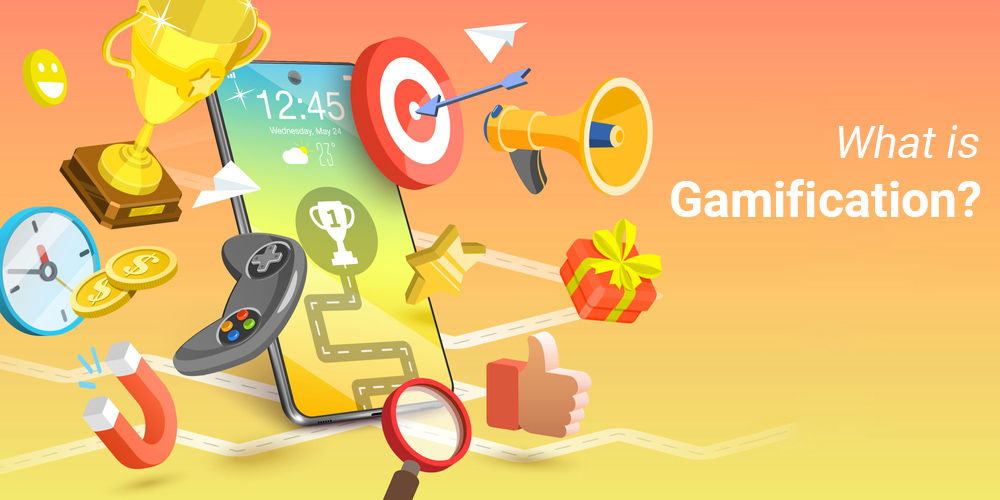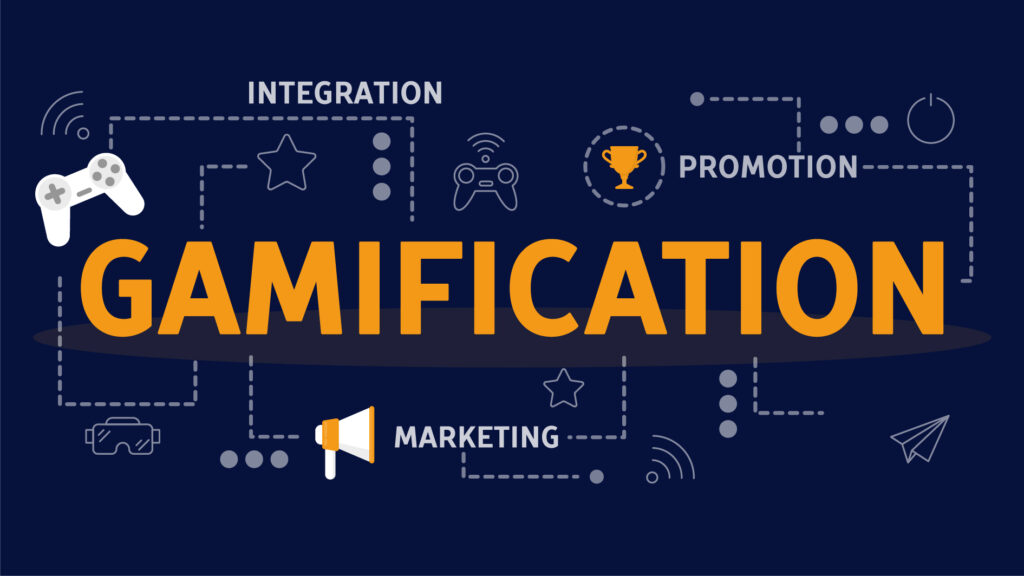Based on research conducted by Accenture, traditional insurance companies that fail to embrace innovative digital distribution strategies aimed at enhancing customer engagement and generating value may be at risk of losing up to a quarter of their profits.
This is because agile digital-first insurers are rapidly gaining ground in the market and making significant strides that could potentially undermine the profitability of conventional insurers.
Conventional insurance companies may face a delay in response owing to their existing technology infrastructure or well-entrenched procedures. Regardless of the circumstance, they must adopt measures that align with the contemporary customer journey.
Although sectors like insurance typically require agents and representatives to facilitate communication with clients and prospects, it is vital to explore innovative technologies, such as gamification, to attract, engage, and retain customers. By adopting such novel approaches, companies can enhance their customer experience and stay ahead of the competition.
What is gamification?

As per the reliable source of information, Wikipedia, gamification refers to the intentional and calculated approach of augmenting various systems, services, and activities by simulating analogous experiences to those typically encountered while partaking in games objective of fostering user motivation and engagement.
The concept of gamification presents an enticing prospect as it endeavors to transform arduous tasks into enjoyable activities. Many sectors have acknowledged that gamification is not a fleeting fad but rather an enduring trend with significant merit.
What is the role of gamification in insurance?
The utilization of gamification can be strategically implemented throughout the entirety of the insurance value chain, ranging from the distribution of policies to post-sales services. All parties involved, including risk carriers, intermediaries, and customers, stand to reap the numerous benefits derived from this approach.
How does the psychology of gamification influence customers?

Insurance firms must possess a comprehensive comprehension of how gamification can impact emotions and conduct.
Within the field of psychology, it has been posited that there exist two fundamental categories of motivation: intrinsic and extrinsic.
Intrinsic motivation is defined by an individual’s drive to engage in an activity based on personal fulfillment and inner gratification, rather than being motivated by extrinsic rewards of a material nature.
Extrinsic motivation arises when external factors, such as the avoidance of negative consequences or the attainment of a reward, drive a task’s completion.
Although extrinsic motivation may offer temporary benefits, intrinsic motivation yields enduring outcomes.
Clients motivated from within by custom-made gamification schemes and promotional offers tend to exhibit a greater sense of loyalty and satisfaction in the long run. This is primarily because intrinsic motivation delves deeper than mere points and badges, as it propels an individual to engage in activities for the thrill and enjoyment of it.
How Can gamification increase insurance sales and revenue?

Many consumers view insurance as a complicated product requiring a tedious purchasing process. To tackle this perception, several insurers, particularly those operating in developed markets, have adopted a business strategy that employs insurance agents.
Historically, agents were the primary source of information regarding insurance products for customers. However, with technological advancements, customers now have more options to choose from and can make informed decisions for themselves.
To keep customers engaged, gamification techniques can be employed to enhance their experience. The common process for selling insurance involves researching options, generating quotes, and ultimately sealing the deal with a sale.
1. Stand out from the crowd.
It has been observed that a significant proportion of insurance consumers, approximately 68%, do not have a specific insurance provider in mind. In such a competitive market, insurers can differentiate themselves from their competitors by implementing personalized gamified promotions and strategies to attract and retain consumers.
2. Create awareness through education.
Insurance providers possess the capacity to develop and launch engaging gaming experiences that effectively educate consumers on the diverse array of insurance policies on offer. Through these interactive games, interested parties can acquire a complete and nuanced understanding of the available options, allowing them to make logical and well-informed decisions.
Using gamification as a tool for education, insurance companies can transition from a uniform rewards program to a game-oriented benefits system that allows consumers to earn rewards in small increments.
3. Motivate and reward learning
It is important to offer customers rewards that are both practical and pertinent. By adhering to regulations, rewards that incorporate gaming elements can lead to enhanced discounts and offers. Additionally, insurers can monitor customer behavior and suggest supplementary products and services that align with their needs.
By incentivizing their customers to refer their friends and family to engage in the games, the company can reward their loyal customers and spread awareness about their various insurance products to a wider audience.
4. Understand your customers well to spend less money on getting new customers
In the competitive world of online advertising, insurance keywords can cost a staggering $50 or more per click (CPC), making paid search an arduous and costly process.
However, by incentivizing customers to share their valuable data, businesses can identify their most engaged and promising prospects, allowing for better retargeting efforts and ultimately reducing acquisition costs.
This approach provides businesses with a more efficient way to reach their target audience and fosters a stronger relationship with their customers by offering rewards for their loyalty and engagement.
5. Improve the percentage of sales deals that are successfully closed
The finalization of a sale occurs absolutely upon the issuance of a policy. For this to happen, customers or brokers must furnish the insurer with a proposal form and all relevant supporting documents. Although this may appear arduous, some individuals require additional impetus to see it through.
Utilizing gamification techniques can enhance the process and make it more engaging. An insurance provider could break down the data collection process into smaller, manageable stages and offer incentives upon completion of each stage. By incentivizing each step, there is potential to increase sales and ultimately improve the success rate of closing deals.
What does this mean for insurers and agents?
The insurance industry needs to recognize the value of gamification in empowering agents to provide customers with enhanced experiences and maintain their interest. With gamification, insurers can potentially expand the role of insurance agents and incentivize brokers to achieve better outcomes.
Implementing gamification techniques can offer agents the ability to better cater to the fundamental demands of customers, increase the potential for independent problem-solving and upselling, and enhance comprehension and interest in insurance products.
You can experience a live demo of our game.
FAQs
About Gamify Route
A good business is only as good as its sales. The gamification tool that Gamify Route offers empowers enterprises to incentivize and acknowledge their sales personnel, associates, and clients by providing uniquely tailored offers that enhance their effectiveness and contribute to achieving corporate objectives.

